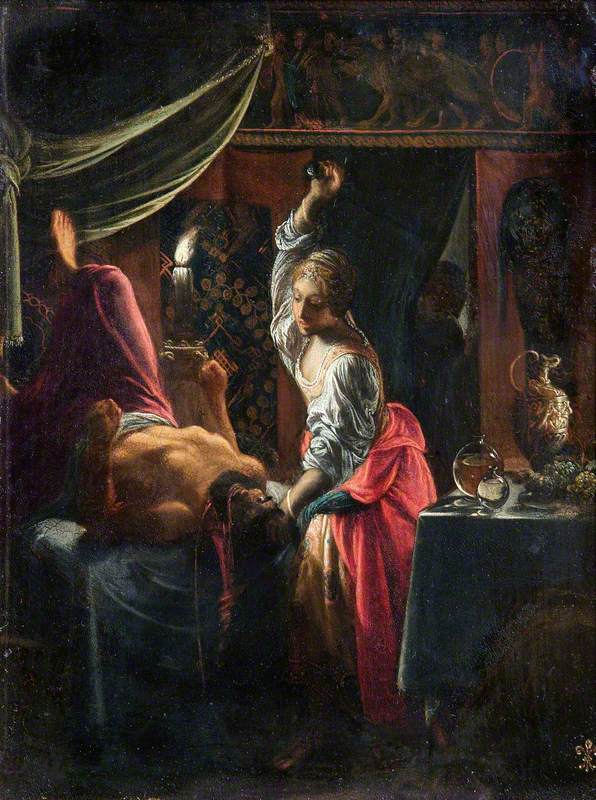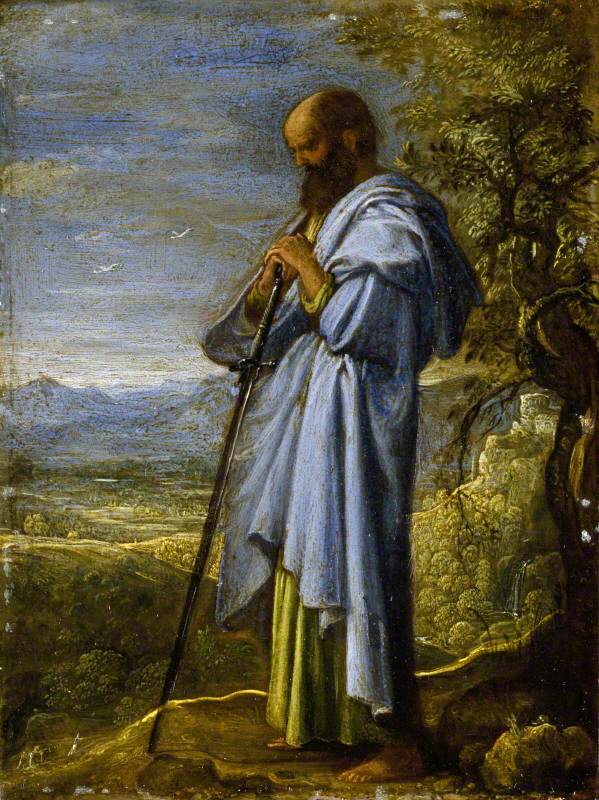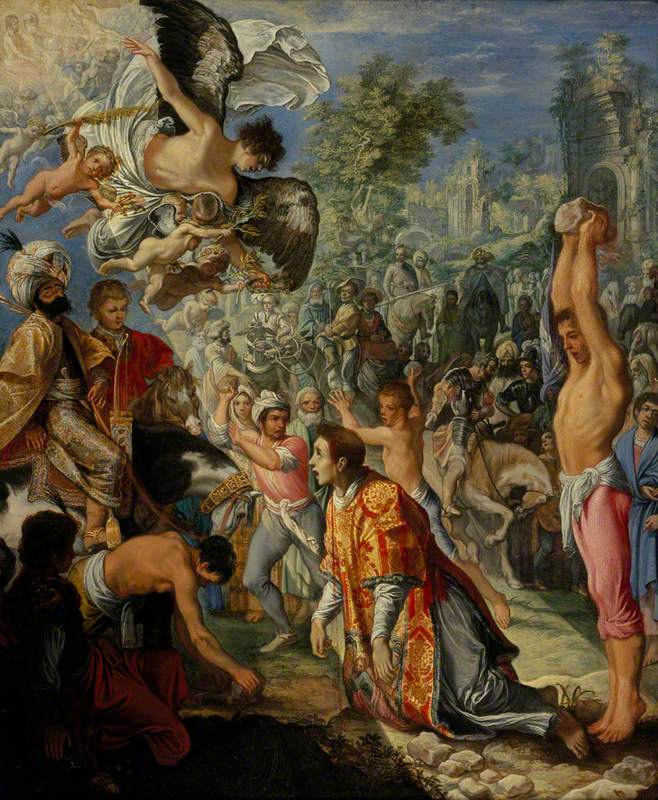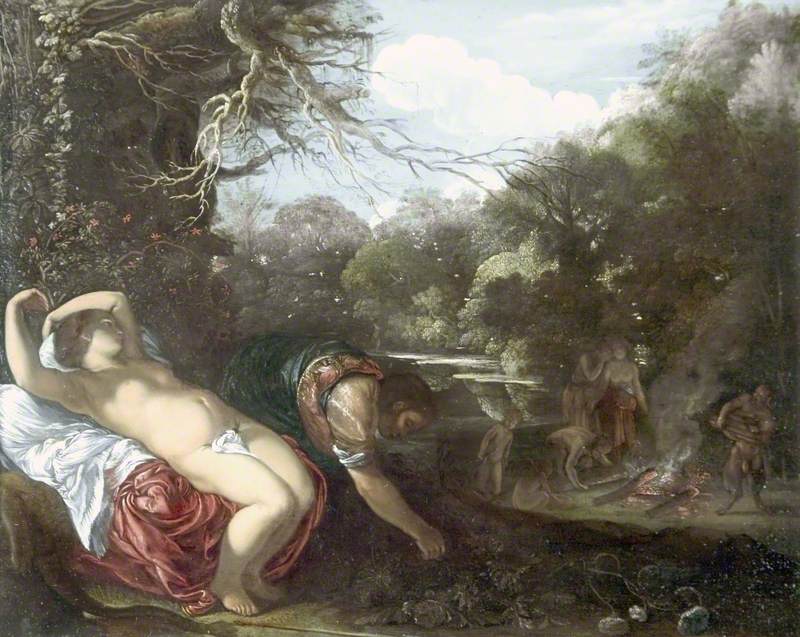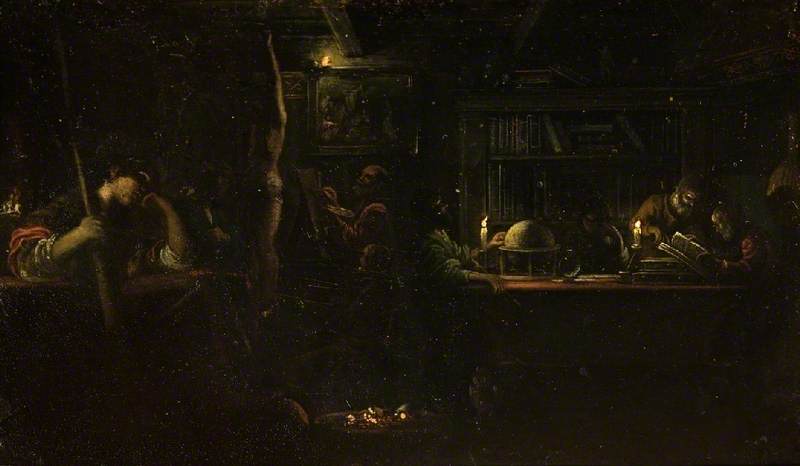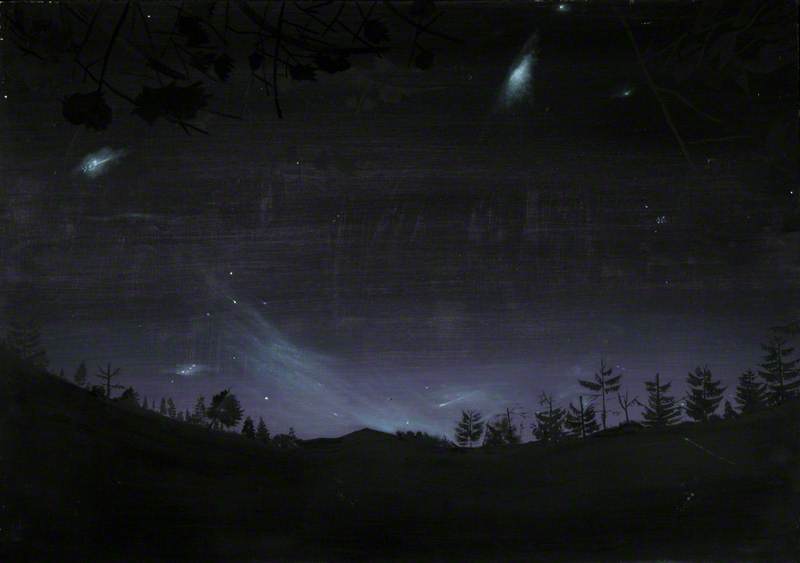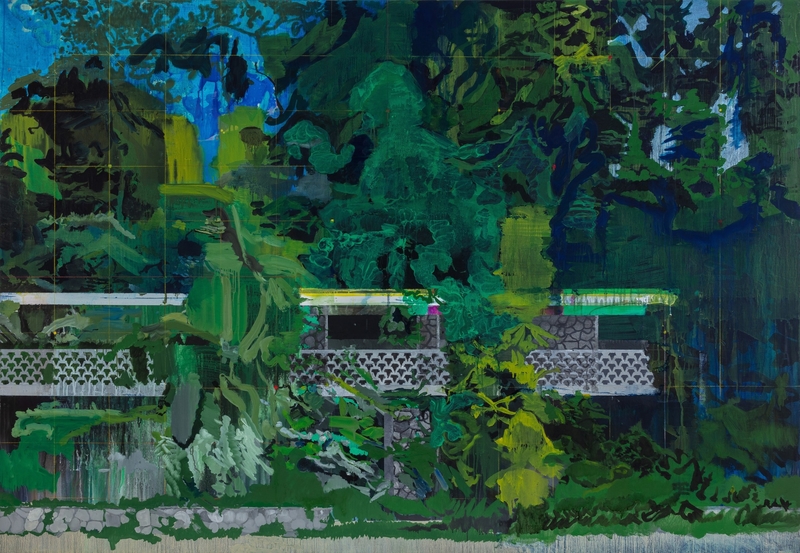(bapt. Frankfurt, 18 Mar. 1578; bur. Rome, 11 Dec. 1610). German painter, etcher, and draughtsman, active mainly in Italy. Although he died young and his output was small, he played a key role in the development of 17th-century landscape painting. He was born in Frankfurt, where he absorbed the Coninxloo tradition, and moved to Italy in 1598. In Venice he worked with his countryman Rottenhammer, then in 1600 settled in Rome. There his early Mannerist style gave way to a more naturalistic mode in which he showed great sensitivity to effects of light; his nocturnal scenes are particularly original, bringing out the best in his lyrical temperament, and he is credited with being the first artist to represent the constellations of the night sky accurately (Flight into Egypt, 1609, Alte Pin.
Read more
, Munich). In a few of his pictures, figures are the dominant element, but generally they are fused into a harmonious unity with their landscape settings. His paintings are invariably on a small scale and on copper (the only exception is a self-portrait in the Uffizi, Florence, of doubtful attribution); they are exquisitely executed but have a grandeur out of all proportion to their size. Elsheimer's work was highly regarded by discerning contemporaries, but his life was unhappy and he died in poverty (he evidently spent some time imprisoned for debt); Sandrart says he suffered from melancholia and was often unable to work. His posthumous fame spread quickly, partly through engravings of his pictures made by the Dutch artist Hendrik Goudt (1573–1648), who seems to have been his patron as well as his pupil (Elsheimer himself made a number of etchings). Rubens was a friend of Elsheimer and after his death lamented his ‘sin of sloth, by which he has deprived the world of the most beautiful things’; he also wrote, ‘I have never seen his equal in the realm of small figures, of landscapes, and of so many other subjects’. Both Rubens (Staatliche Kunstsammlungen, Kassel) and Rembrandt (NG, Dublin) made paintings of the Flight into Egypt inspired by Elsheimer's masterpiece, and his influence is apparent in the work of many other 17th-century artists.
Text source: The Oxford Dictionary of Art and Artists (Oxford University Press)
